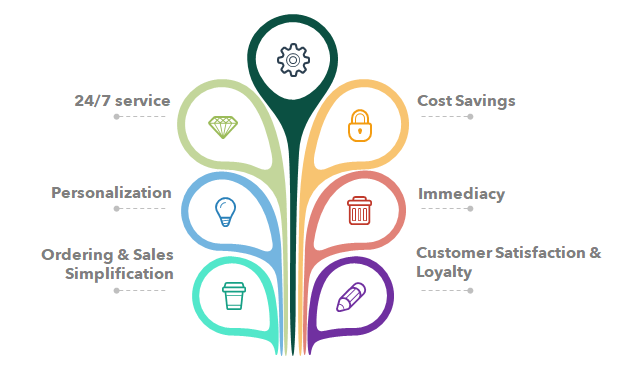
Chatbot Etiquette: 5 Best Practices For Engaging Your Customers
“Learn five simple practices to engage customers effectively with chatbots. Improve your customer interactions with proper chatbot etiquette.”
In today’s digital world, chatbots are becoming trendy for businesses to interact with their customers.
By now, you already know the benefits of ai chat. They are great for customer service, saving money, and letting humans focus on essential tasks.
As we know, customer engagement is crucial for business success. It’s about how customers feel about your brand. Engaged customers support your company, spend more, stay loyal, and return. So, advanced AI chatbots are key to boosting and keeping customer engagement high.
Thankfully, today’s chatbots are so good; they seem to be just like talking to a person. With this in mind, let’s look at the five best practices for increasing customer engagement through chatbots.
5 Best Practices For Engaging Customers
Chatbots are computer programs that talk to customers using text or voice. They give information, support, and entertainment. People like them more and more, primarily online and on social media.
But how can you use these AI tools to enhance your customer experience and satisfaction effectively?
1). Have a Clear Understanding Of What Makes A Chatbox Successful
Before you make your chatbot, knowing what separates a good chatbox from a good one is essential. The best chatbots:
- Have a clear goal: They help users without making it complicated.
- Understand the situation: They know what’s happening with the user.
- They are quick and simple: They use easy words and get to the point fast.
- Take turns: They let users talk and don’t send too many messages at once.
- They are polite: They respect users’ time and goals. If someone wants help, they don’t try to sell things.
- Handle mistakes well: They expect mistakes and fix them easily.
2). Know Your Goals, Objectives And Audience
Before you make a chatbot, think about what you want it to do and the audience you want your chatbot to interact with.
Do you want it to help customers, get more customers, sell things, or do something else? Who are your customers, and what do they need and like? How do they talk, and what do they expect?
Knowing your goals, objectives, and audience will help you decide what your chatbot will do and how it will act.
3). Choose The Right Platform And Tools
Depending on what you want to do and the kind of audience you have, you can pick different places and tools to make and use your chatbot.
For example, if you want to talk to many different people, you can use apps like Facebook Messenger, WhatsApp, or Telegram.
It would help if you also chose the right tools to build your chatbot, such as chatbot frameworks, natural language processing (NLP) engines, and analytics tools.
3). Give Your Chatbox A Personality
When people talk to a chatbot, they want it to feel like it understands them. That’s why it’s important to personalize its responses based on what the customer likes and what they’ve done before. Customers who feel like the chatbot knows them are more likely to have good conversations with it.
To make a chatbot successful, it needs to have a personality. This means giving it a voice that connects with your customers. Think about who you’re talking to and how you can make the chatbot feel relatable.
It’s important to find the right balance. You want your chatbot to be friendly but not so much that it annoys people. Make sure it matches your business brand tone and style.
4). Use Interactive UI Elements
You should incorporate interactive elements in your chatbots, such as quick replies or emojis, to keep your customers engaged.
Using these elements will give your customers options, making the conversation more dynamic and engaging.
Use buttons, quick replies, pictures, and lists to improve the conversation. People understand pictures faster than words.
Additionally, interactive elements can guide your customers through the conversation, helping them easily navigate complex queries or tasks.
5). Offer Escalation Options
Even the best AI chatbots have some problems. Chatbots don’t always understand customers completely. So, it’s a good idea to let a real person take over when the chatbot can’t handle a situation.
When designing a chatbot, think about these problems and plan. Ensure the chatbot can save conversations and pass them to a real person. If the chatbot fails and a real person has to start over, it wastes the user’s time and worsens the experience.
Whether through live chat, phone support, or email, provide escalation options to ensure your customers receive the help they need on time, enhancing their overall experience.
Conclusion
In conclusion, chatbots can be powerful tools for engaging customers and providing support. Following these five best practices for chatbot etiquette ensures that your business chatbot interactions are effective, efficient, and enjoyable for customers.
From personalizing the experience to offering escalation options, incorporating these practices will help your businesses build stronger customer relationships.



